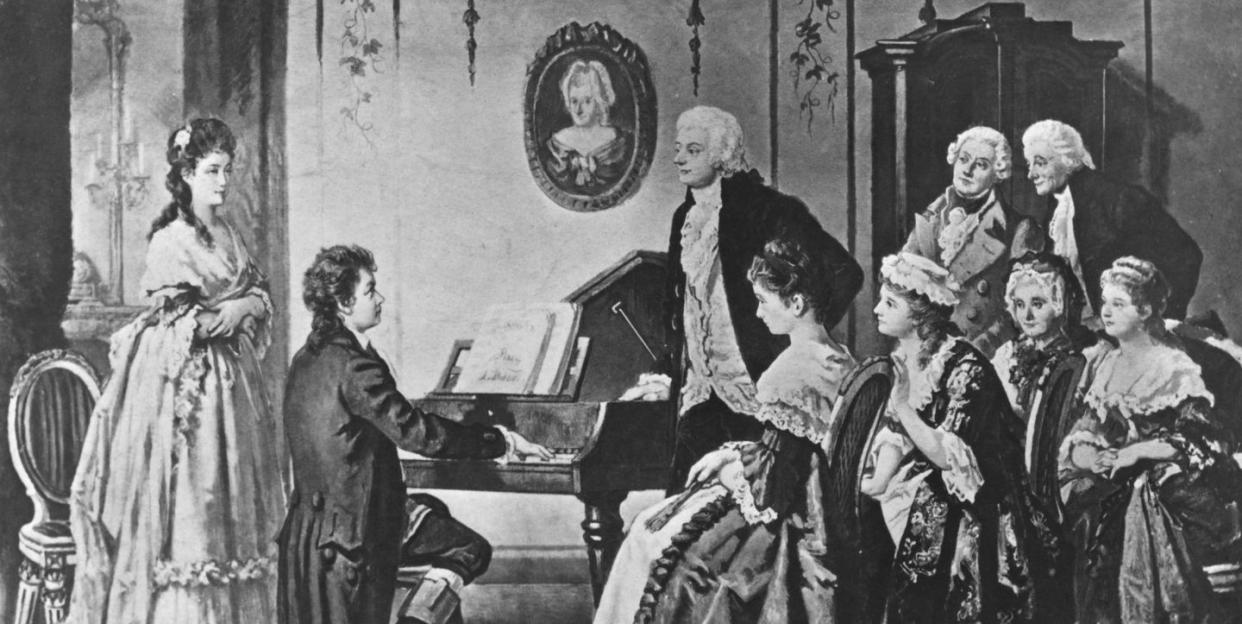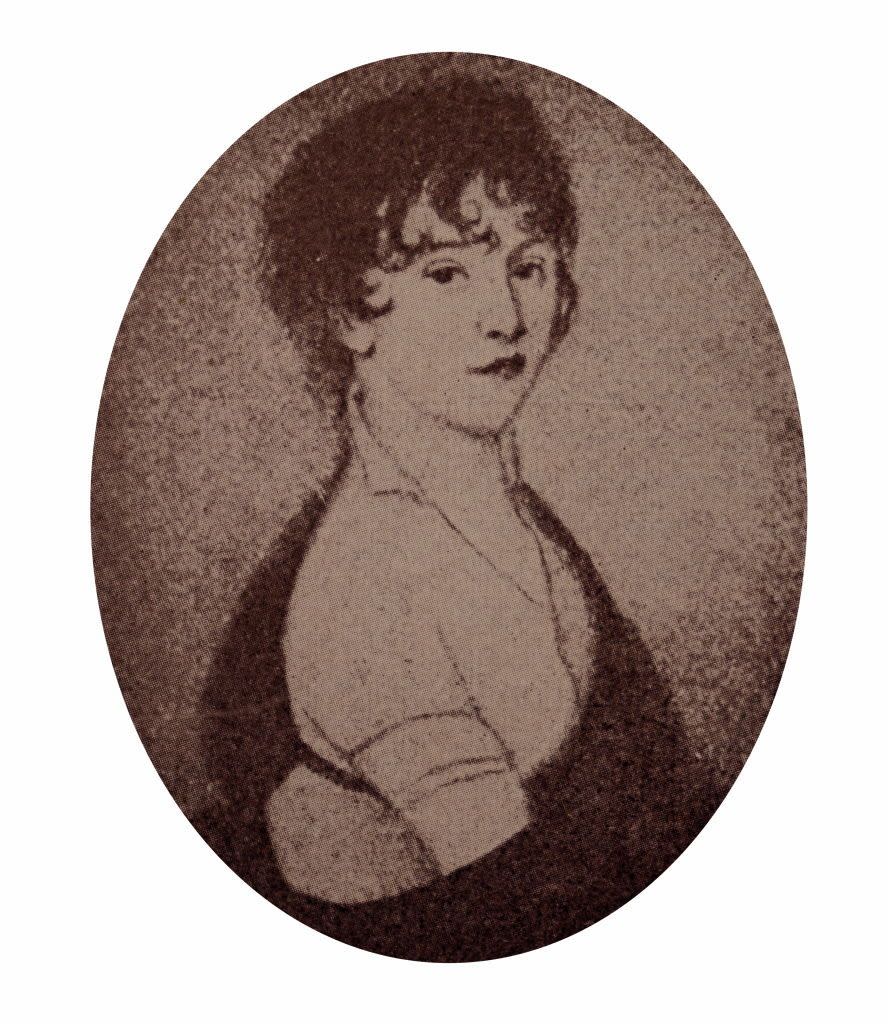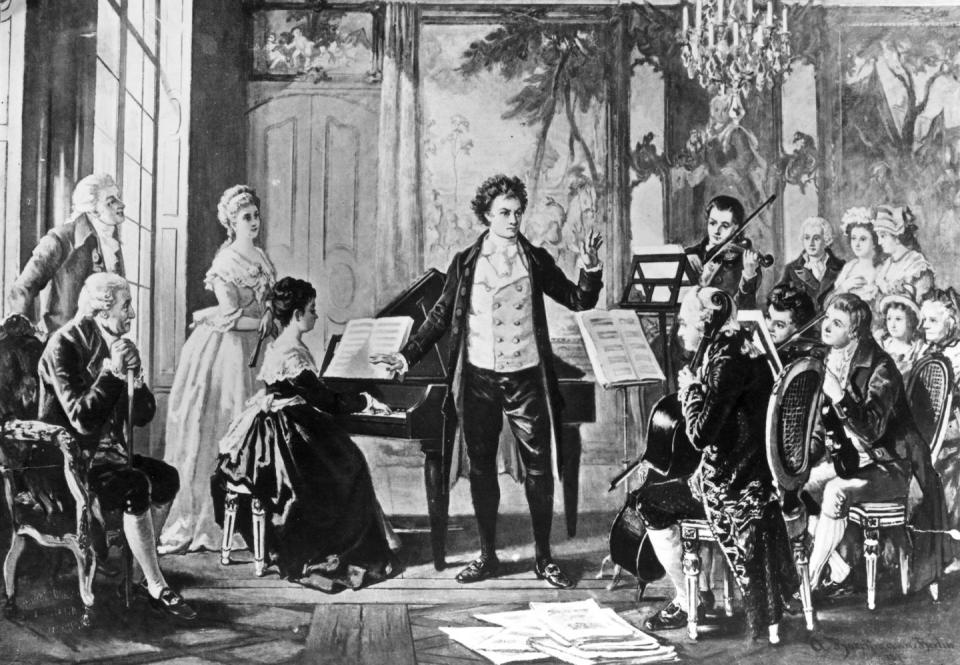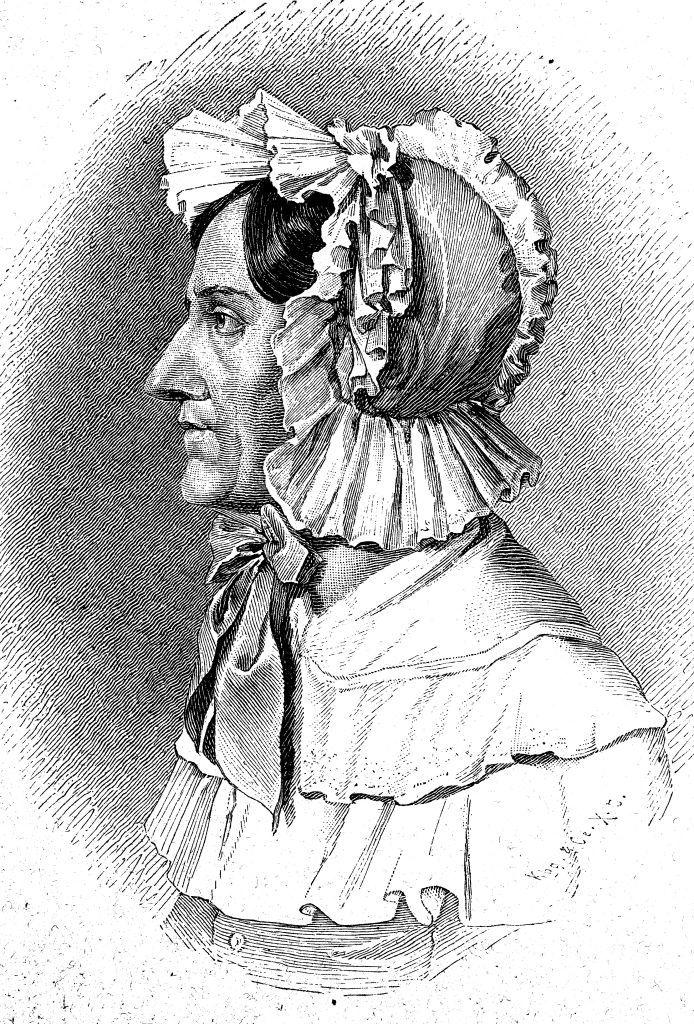Author Patricia Morrisroe on Beethoven and the Bored Housewives of 1800s Vienna

The author and journalist Patricia Morrisroe decided on the subject of her new novel, The Woman in the Moonlight, while having lunch with an editor. “He mentioned that Beethoven had been in love with one of his piano students. I had no idea!” Morrisroe, a former contributing editor at New York magazine and frequent writer for numerous other publications, did what she has done her entire career when she learned something new: “I went home and started researching.”

The student was Countess Julie Guicciardi. She and Beethoven were introduced in 1801 when she was 19 years old and she took lessons with him for several years before marrying and moving to Naples. Beethoven dedicated his “Moonlight Sonata” to her in 1802 and kept a miniature portrait of her, which was found in his desk after he died. Aside from that, however, there isn’t much about her in the historical record. Morrisroe expanded her research to include relatives and contemporaries. “I just kept on digging and digging—half writer, half detective—after a while I couldn’t stop.”
The result of all this research is Morrisroe’s first work of historical fiction, a novel full illuminating details about the countess and the composer, but also finely rendered details about society life in 1800s Vienna. The book comes out today, T&C asked her to describe some of the more surprising things she discovered.
Was it unusual for a young woman to take piano lessons from a composer?

Not at all. Women in those days had to become proficient in musical instruments so they could appear accomplished, and thus, marriageable. But it had to be the right instrument. It could not be the violin, for example, because you had to do these violent flashing movements which were considered unattractive. It couldn't be the cello because you had to squeeze it in between your legs. So women were pretty much limited to the piano, which showed off your dainty wrists and posture.
You describe marriage in the book as transactional. Was this true even for someone like Guicciardi?
We’ve all read Jane Austen, but even so it really hit home for me when doing research on Guicciardi and her contemporaries how women were treated like chattel in those days. Marriage was a sort of property and money exchange and women had little say in the matter. Everything was stable [with this process] if all ran smoothly in terms of money. But if it didn't, it could fall disastrously apart.
Julie’s cousin [Josephine von Brunswick, who may have been the subject of an unsent letter Beethoven wrote addressed to his “immortal beloved”], for example, was brought to Vienna to find a husband and was married within nine days. She was incredibly beautiful and talented, but she was married off to a disgraced aristocrat, the owner of a cabinet of curiosities and wax museum. He died and left her with no money and four children. She had to open her house up to borders and was later declared "immoral" by Vienna’s secret police.
You describe exceptions.

There were these incredible women who somehow worked around the system. One I particularly admired was Nanette Streicher, who was the mother of six children but also made pianos—first with her brother and then with her husband. She was a musician and constructed incredible instruments, some for Beethoven himself.
What else did you learn that surprised you?
I've always been fascinated by fashion and I was struck by the freedom of the clothing at the time. It wasn't really buttoned up and corseted. It was very loose, diaphanous and Greek-inspired. Julie chopped off her hair into this fantastic à la Titus bob, which was also how Beethoven wore his hair.
What about liaisons, dangerous or other?
You had these women who really had no lives except that they went to musical events and salons. Many were married to men they didn't love and ended up having affairs. People have said to me, "My God, there's so much sex in the book." I didn’t anticipate this at all but it was so persuasive in the research. These aristocrats were a pretty decadent and debauched bunch. You could not not put it in.
Julie and Ludwig?
Beethoven had been suffering from hearing loss and when they met he was at a point when he really had to confront the reality that he might go completely deaf. He was Vienna's foremost piano virtuoso, and so it was just a truly devastating time. And then this beautiful woman walks into his life. She was a famous beauty known as “La Bella Guicciardi.” He described her as “the dear, enchanting girl” in a letter to a close friend.
But she married someone else?
Beethoven tended to get involved in tortured relationships with women he could not have. I think he may have done this on purpose. I imagine Julie was in love with his music but it would have been impossible for them to marry because they came from different social stations. And anyway, I'm not sure who would be able to put up with him. He was famously a very, very difficult man. He moved constantly and couldn't keep housekeepers or cooks. Descriptions of his apartment were ‘there’s a mess everywhere, old salami next to the herring next to the manuscript pages of the Seventh Symphony.’ It was absolutely utter chaos.
Guicciardi had a second act, didn’t she?
She married Count Robert von Gallonburg in 1803. He was definitely part of her social station, but below Beethoven’s in musical abilities [Gallonburg was also a composer]. They moved to Naples and that could have been the end of my book until I learned that she became a spy and returned to Vienna....
You Might Also Like


